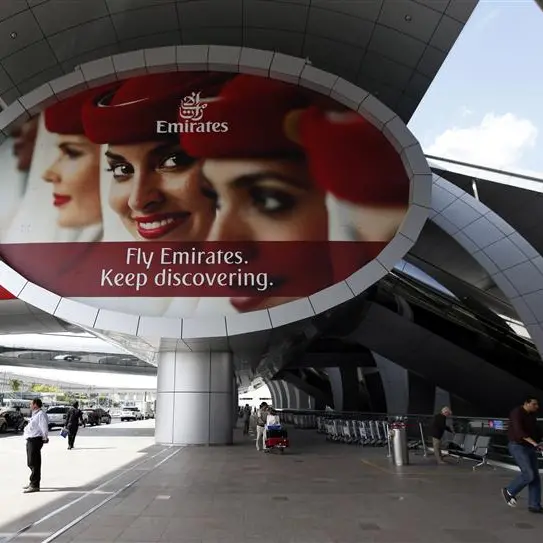PHOTO
LONDON — The spread of coronavirus will add pressure to Omani banks and a domestic operating environment that was already increasingly challenging prior to the outbreak, Fitch Ratings said in a new report. Fitch expects the weakening operating environment to weigh heavily on the banking sector during 2020, particularly on asset quality, earnings and potentially capital.
Oman's GDP fell 1.3% in 2019 and growth prospects are even worse for 2020-2021 (2020: -5.6%; 2021: -0.6%). The economic disruption caused by the pandemic, combined with lower oil prices, is likely to accelerate the economic slowdown and result in further downward revisions of growth forecasts and higher risks to bank's asset quality.
Loan-book quality had been coming under pressure prior to the health crisis from an increasingly challenging operating environment, notably through lower government spending. The average Stage 3 loans/gross loans ratio was 4% at end-1Q20 and did not yet reflect the impact of the pandemic.
Measures introduced by the Central Bank of Oman to support borrower affordability will go some way to counteract the economic impact of the virus and mitigate asset-quality erosion at banks.
However, the full extent of asset-quality deterioration is likely to take time to emerge as loan classification normalizes, with higher problem loans on the back of increased restructuring activity and the migration of exposures to the Stage 2 and Stage 3 categories.
The sector's average operating profit/risk-weighted assets ratio fell in 2019 to 1.6% (2018: 1.7%) due to tighter funding conditions and higher loan impairment charges, especially against corporate exposures.
Profits were further hit in 1Q20 amid the outbreak of coronavirus and sharp drops in oil prices leading banks to revise their economic forecasts used to calculate expected credit losses.
We expect the challenging operating environment to negatively affect profitability throughout 2020 with subdued business volumes impacting non-interest income, lower rates affecting margins and rising impairments caused by credit-risk migration.
Capitalization provides a reasonable second line of defense to absorb larger credit losses although buffers over minimum regulatory requirements are more limited at some banks.
Among the rated Omani banks, average buffers over current known minimum CET1 requirements equaled around 5% of risk-weighted assets at end-1Q20, which translates into a total sector cushion of approximately OMR1.3 billion available to absorb additional losses before breaching regulatory ratios, assuming stable risk-weighted assets.
Funding profiles are generally stable but deposit concentration is high. Public-sector deposits have historically been a stable source of funding but Fitch believes that the risk of outflow has increased given the sovereign's weakening financial flexibility.
Liquidity is reasonably healthy with a weighted average liquidity coverage ratio (LCR) of 244% at end-1Q20, which partially mitigates funding concentrations.
Ratings could be downgraded in case of prolonged deterioration of the Omani economy caused by the health crisis that puts sustained pressure on asset quality, earnings and the ability to generate capital.
Additionally, given banks' high direct exposure to Oman, a downgrade of the sovereign rating (BB/Negative) could also lead to a downgrade of banks' ratings. The report "Omani Banks - Peer Review" is available at www.fitchratings.com.
© Copyright 2020 The Saudi Gazette. All Rights Reserved. Provided by SyndiGate Media Inc. (Syndigate.info).












